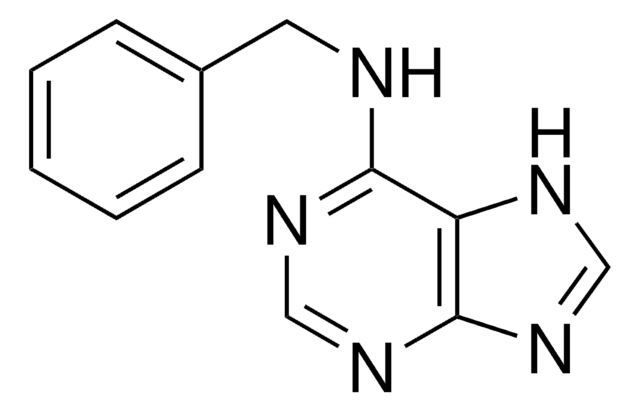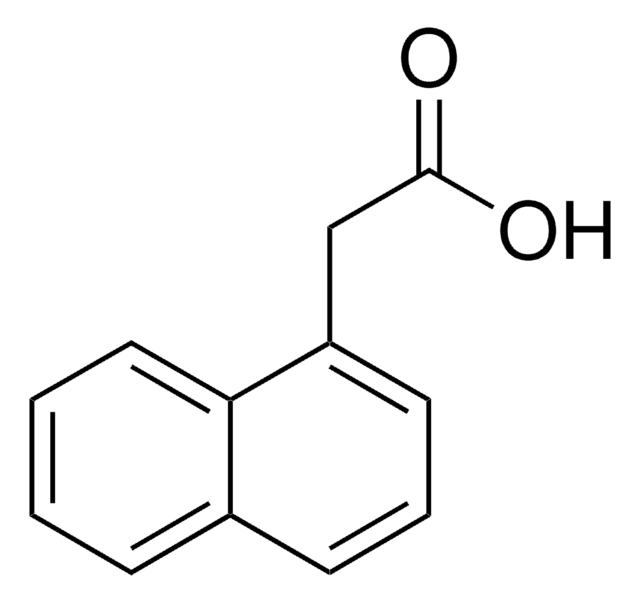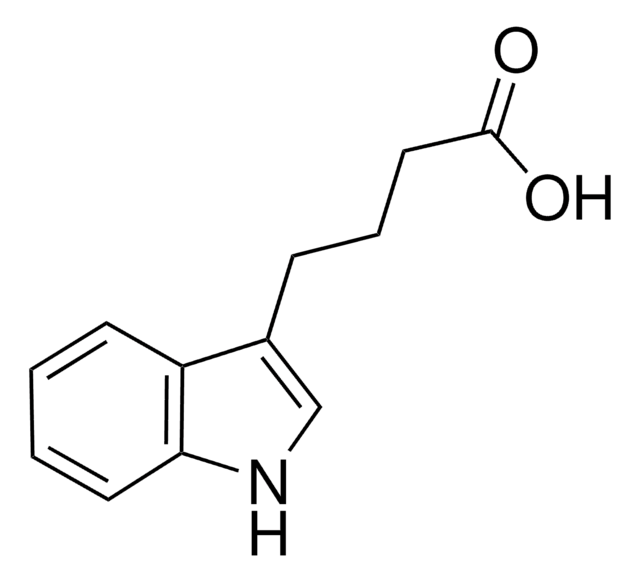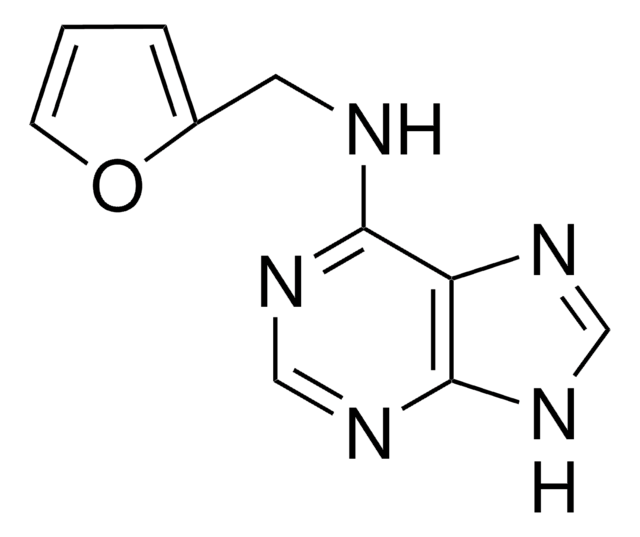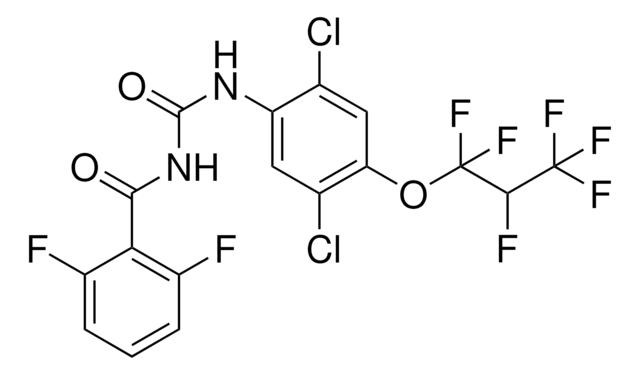B2275
N-Benzyl-9-(2-tetrahydropyranyl)adenine
suitable for plant cell culture
Synonym(s):
6-Benzylamino-9-(2-tetrahydropyranyl)-9H-purine, BPA
Sign Into View Organizational & Contract Pricing
All Photos(1)
About This Item
Empirical Formula (Hill Notation):
C17H19N5O
CAS Number:
Molecular Weight:
309.37
MDL number:
UNSPSC Code:
12352200
PubChem Substance ID:
Recommended Products
technique(s)
cell culture | plant: suitable
storage temp.
−20°C
SMILES string
C1CCC(OC1)n2cnc3c(NCc4ccccc4)ncnc23
Looking for similar products? Visit Product Comparison Guide
Signal Word
Warning
Hazard Statements
Hazard Classifications
Acute Tox. 4 Oral
Storage Class Code
13 - Non Combustible Solids
WGK
WGK 3
Flash Point(F)
Not applicable
Flash Point(C)
Not applicable
Personal Protective Equipment
dust mask type N95 (US), Eyeshields, Gloves
Choose from one of the most recent versions:
Certificates of Analysis (COA)
Lot/Batch Number
Don't see the Right Version?
If you require a particular version, you can look up a specific certificate by the Lot or Batch number.
Already Own This Product?
Find documentation for the products that you have recently purchased in the Document Library.
John G Gibbons et al.
Proceedings of the National Academy of Sciences of the United States of America, 112(8), 2485-2490 (2015-01-15)
Tandemly repeated ribosomal DNA (rDNA) arrays are among the most evolutionary dynamic loci of eukaryotic genomes. The loci code for essential cellular components, yet exhibit extensive copy number (CN) variation within and between species. CN might be partly determined by
Ye Zhu et al.
Analytica chimica acta, 883, 81-89 (2015-06-20)
In the present work, a highly sensitive and selective biosensor based on aptamer-functionalized nanoporous gold film (NPGF) was successfully developed for direct electrochemical detection of bisphenol A (BPA). NPGF was prepared by dealloying Ag from Au/Ag alloy leaf in concentrated
Séverine H Collet et al.
Toxicology and applied pharmacology, 284(3), 323-329 (2015-03-12)
The investigation of interspecies differences in bisphenol A (BPA) pharmacokinetics (PK) may be useful for translating findings from animal studies to humans, identifying major processes involved in BPA clearance mechanisms, and predicting BPA PK parameters in man. For the first
Jillian Ashley-Martin et al.
Environmental research, 140, 360-368 (2015-04-29)
The fetal time period is a critical window of immune system development and resulting heightened susceptibility to the adverse effects of environmental exposures. Epidemiologists and toxicologists have hypothesized that phthalates, bisphenol A (BPA) and perfluoroalkyl substance have immunotoxic properties. Immunotoxic
Wei Wang et al.
Environment international, 83, 183-191 (2015-07-16)
Tetrabromobisphenol A (TBBPA) and eight bisphenol analogues (BPs) including bisphenol A (BPA) were determined in 388 indoor (including homes and microenvironments) dust samples collected from 12 countries (China, Colombia, Greece, India, Japan, Kuwait, Pakistan, Romania, Saudi Arabia, South Korea, U.S.
Our team of scientists has experience in all areas of research including Life Science, Material Science, Chemical Synthesis, Chromatography, Analytical and many others.
Contact Technical Service